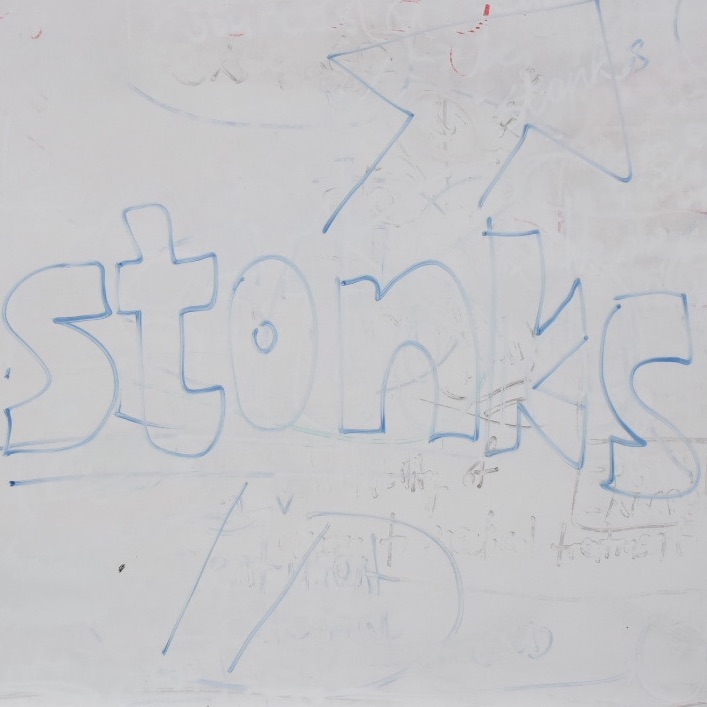
Appleman2
No personal profile
26Follow
0Followers
0Topic
0Badge
?
Luckin Coffee shares continuously rise after restatement of 2019 financial results.
Great ariticle, would you like to share it?
@小虎活动:【老虎7週年】集卡瓜分百萬獎金
Great ariticle, would you like to share it?
@小虎活动:【老虎7週年】集卡瓜分百萬獎金
Great ariticle, would you like to share it?
@小虎活动:【老虎7週年】集卡瓜分百萬獎金
Need a T
@小虎活动:【老虎7週年】集卡瓜分百萬獎金
Great ariticle, would you like to share it?
Sorry, the original content has been removed
Like
It looks a lot like 2004 in the markets, Morgan Stanley says. What happens next.
Great ariticle, would you like to share it?
@小虎活动:【老虎7週年】集卡瓜分百萬獎金
?
Sorry, the original content has been removed
Great ariticle, would you like to share it?
Sorry, the original content has been removed
Great ariticle, would you like to share it?
@小虎活动:【老虎7週年】集卡瓜分百萬獎金
Great ariticle, would you like to share it?
@小虎活动:【老虎7週年】集卡瓜分百萬獎金
Tell me your opinion about this news...
Sorry, the original content has been removed
Latest
Sorry, the original content has been removed
Great ariticle, would you like to share it?
@小虎活动:【老虎7週年】集卡瓜分百萬獎金
Great ariticle, would you like to share it?
Sorry, the original content has been removed
?
Sorry, the original content has been removed
Great ariticle, would you like to share it?
@小虎活动:【老虎7週年】集卡瓜分百萬獎金
Nice
Sorry, the original content has been removed
Great ariticle, would you like to share it?
@小虎活动:【老虎7週年】集卡瓜分百萬獎金
Go to Tiger App to see more news